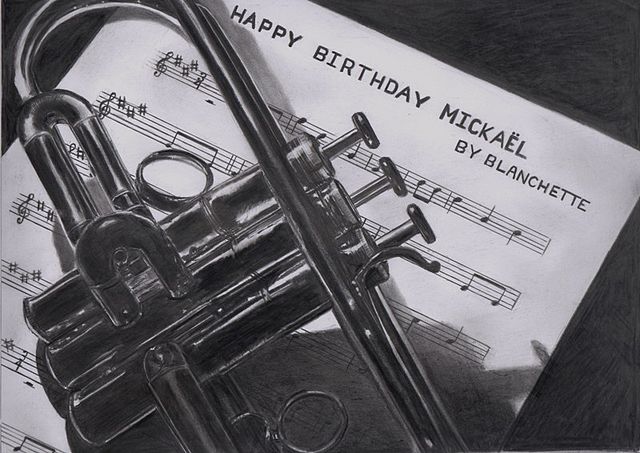In Canada there are four main types of intellectual property (IP) rights, and more than one can apply to your creation. Watch the video to learn about the types of IP in Canada.
What is Intellectual Property?
Intellectual Property is what you create, invent or develop as a result of your intellectual activity. Intellectual property is valuable, and just like other types of property you own, it comes with legal rights. (Intellectual property: It’s yours. Own it.)
IP is defined as knowledge or expression that is created by an individual and can be legally protected. IP refers to the product of the creative process and can include:
Trademark
A trademark covers contractual obligations over the identified goods or services of a company. This can include business methods, inventions, recipes, and manufacturing processes. Example: The name and logo of Apple, Microsoft, etc.
Patent
A patent provides rights over an original and useful idea that is not considered an invention. This can include physical products or processes. The rights exclude others from using, making, or selling the patented item and is valid in Canada up to 20 years from the date of filing. Example: Apparatus for production of three-dimensional objects by stereolithography (3D Printer)
Industrial Design
Industrial design details the rights over the visual design of an object. This can include features, shape, pattern, and configurations of the object which protects the appearance of use. The rights exclude others from using, making, or selling and is valid in Canada up to a maximum of 10 years. Example: 22 Hybrid Tube Amplifier
Examples of Intellectual Property



Image Credit:
Christina @ wocintechchat.com on Unsplash licensed under the Unsplash License
Melbourne City Bikes by Papier K licensed under CC by-SA 3.0
Drawing of trumpet on sheet music. The music is "Happy Birthday" by Robert J. Blanchette licensed under Public Domain
Untilted by Pexels licensed under a Pixabay License
Copyright
Copyright details the rights to produce or reproduce a creative work – or part of a work – in any form. Creative works can take many forms of expression and extend beyond literary works to include all original dramatic, musical and artistic works. While copyright is often referred to in the singular, it is important to note that the rights of a copyright holder extend beyond mere reproduction and, depending on the type of work being considered, include the right of performance, translation, presentation, mechanical reproduction, etc. Because copyright protection affords a monopoly to owners, limitations on copyright, through exceptions and exhaustion, are central to maintaining a well-balanced copyright system that benefits both users and creators. Currently, the copyright term in Canada is life of the creator plus an additional 70 years.
For additional details on the types of intellectual property rights, review the Intellectual Property in Canada table by Innovation, Science and Economic Development Canada.
For the purpose of this module, we will focus on the intellectual property rights associated with copyright. For additional resources on the other 3 types of intellectual property rights, go to the Additional Resources section.
How is Intellectual Property Determined in Canadian Copyright?
Copyright in Canada is:
- Automatic upon creation of a work in a tangible form (e.g. written down, recording, etc.)
- Protects the rights of the creator to use their work
- Protects the rights of performers (e.g. dancers, musicians, etc.)
For intellectual property rights to be determined for literary, artistic, musical or dramatic works, the “works” must meet three criteria.
Originality
Originality relates to how the work is expressed and the effort of the expression itself. For Canadian copyright, originality does not reflect the creativity or uniqueness of the work but the intellectual effort expressed in the work.
Fixation
Fixation is not defined in the Copyright Act but is formed through court cases dealing with copyright. Generally speaking, fixation refers to the expression in a tangible form of the work itself. This can be a book, article, a performance, and an audio recording.
Nationality of the Creator and Place of Publication
Copyright applies if the creator is a Canadian citizen, resident of Canada, or another treaty country.

Test Your Knowledge

Dig Deeper
To learn more about intellectual property from a Canadian and international context, watch: Intellectual Property Rights by Centre for International Governance Innovation.
Adapted from Discover Intellectual Property - Module from Canadian Intellectual Property Office licensed under a Non-commercial reproduction.
